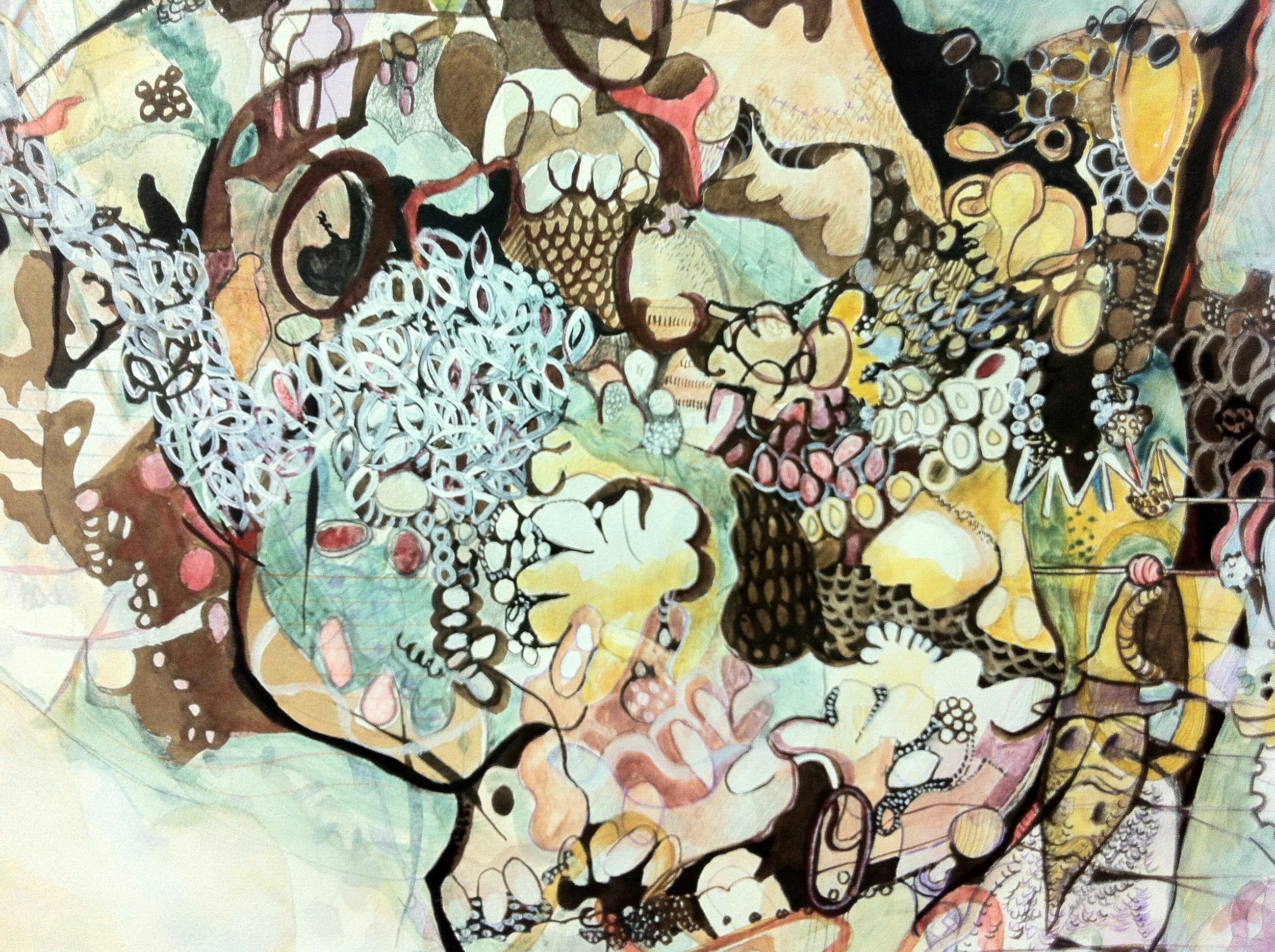JULY
The Raptors is located in Duncan BC and was founded by Gillian Radcliffe in 2002, The Raptors team is comprised of a small group of caring, knowledgeable biologists and raptor enthusiasts dedicated to the conservation of birds of prey. Gillian’s primary goal in opening the centre was to help change the way we think about the delicate balance between man and wildlife within the ecosystem and the essential role raptors play in our natural habitats.
I took my young friend Chelsea who is 9 to the raptor centre -- we had a glorious 3 hours walking throughout this gorgeous property. Many of the raptors were out of their cage and on the grass or sitting on small perches they were tethered to. It was really neat to look at all of these maginificent birds. We were lucky enough to witness with two other people a barn owl named Ollie who flew back and forth from high in the tree tops to the outstretched gloved hand of the handler for about half an hour. It was wonderful to witness. I can hardly wait to go back!
September 5
APRIL
We saw the Mark Rothko show at the Portland Art Museum
PAM: Mark Rothko began his life in art in Portland, Ore. having moved there at the age of 10 from Russia. He attended High School in Portland and first studied art through the Museum Art School outreach, now the Pacific Northwest College of Art (PNCA), before going on to Yale, New York City, and beyond.
The 45 works in the exhibition trace Rothko’s artistic path from the late 1920s until shortly before his death in 1970. Borrowed from the Rothko family, the National Gallery of Art, and private collectors, the exhibition presents Portland’s first comprehensive look at the artist’s development and the aesthetic issues that shaped his production. The exhibition moves from his early figurative works of the 1920s under the tutelage of Max Weber and friendship with Milton Avery, into the attenuated figures of his New York subway paintings, through an abstract surrealist phase to the emergence at the end of the 1940s of his mature abstract style of floating, saturated color and transcendent calm.
We also saw an installation piece at PAM by Joseph Beuys.
This exhibition features the monumental environmental work, Blitzschlag mit Lichtschein auf Hirsch (Lightning with Stag in its Glare), 1958-1985, along with selected multiples that extend the installation’s conceptual framework.
As well there was a very large exhibition on the work of John Frame
John Frame
Three Fragments of a Lost Tale
PAM: Since 2006, Frame, a California-based sculptor, has been working toward the creation of a stop-motion animated drama featuring an eclectic cast of fully articulated characters composed of found materials and meticulously carved wood. These figures build upon the distinctive, often theatrical, sculptures Frame has created throughout his career, which have been the subject of two retrospective exhibitions at the Los Angeles County Museum of Art and the Long Beach Museum of Art, Calif.
The exhibition will include the sculptures that have become the cast of characters in Frame’s evolving full-length film, as well as the film footage created thus far in this monumental project.
We drove north to Seattle and stayed for a couple of nights. While there I saw the Paul Gauguin show at the Seattle Art Museum.
Gauguin and Polynesia: An Elusive Paradise
SAM: Through a balanced contextual analysis of Polynesian art alongside Gauguin’s works, this exhibition brings Polynesian arts and culture into the center of Gauguin studies.
The show will display about 60 works by Gauguin (paintings, sculpture, works on paper) that fully reveal the extent of the influence of Polynesian art and culture on his work.
It will also highlight about 60 works from the Pacific that exemplify the dynamic exchanges of Pacific Island peoples with Europeans throughout the nineteenth century.
In contrast to earlier exhibitions, which included Pacific objects primarily as a kind of visual background to Gauguin’s development as a modern European artist, the exhibition and its innovative approach promise new insights into the relationship between Gauguin’s art and Polynesian art.
































































